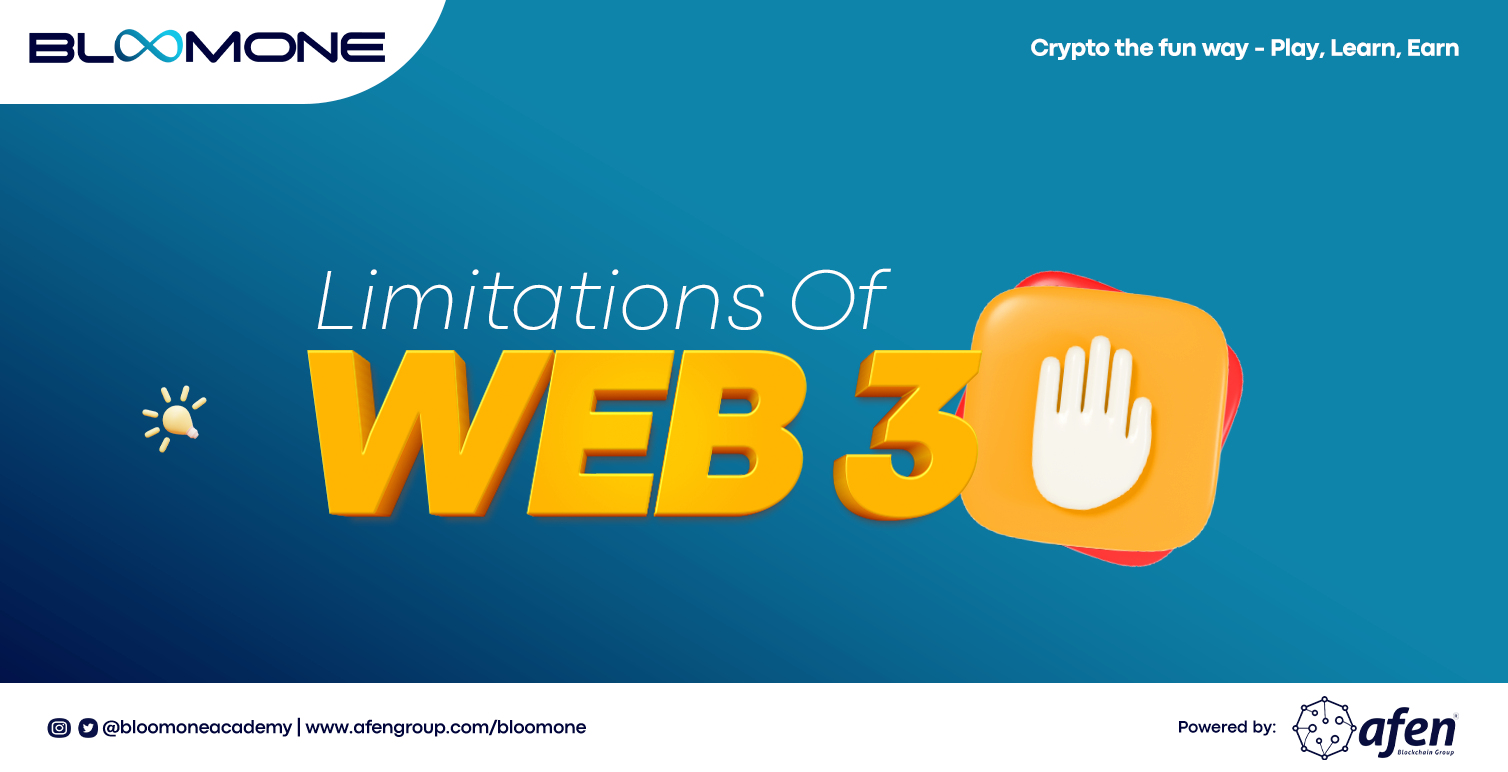
Advantages and Limitations of Web3
It’s one thing to be the hottest product in the world and another to get everyone actually using the product. That’s the situation with Web3 at the moment.
While Web3 is indeed the next phase of the internet built with amazing components, it’s not without limitations. Those limitations of Web3 are what we will be exploring in this article.
To fully understand these limitations, it’s important we first highlight the advantages of Web3 to internet users worldwide.
Advantages of Web3
Data ownership
Perhaps the biggest merit of Web3 is handing users' data into the hands of, well, the user. In Web2, data was controlled and even exploited by tech giants who created the various internet platforms users use.
Since Web3 is blockchain-powered and decentralized, end-users take full ownership of the data they share on Web3 platforms and can even make money from it. Also, access is not censored nor restricted as with single-entity controlled Web2 platforms.
Transparency
The decentralized nature of Web3 enables users to track their data as well as access the source code of platforms they utilize. This was never possible with Web1 or Web2. Blockchain functionalities ensure all stakeholders are always aware of data values and can access them anytime without relying on middlemen.
Uninterrupted service
Data on Web3 is stored on distributed nodes and guarantees non-suspension of services on Web3. Users, therefore, need not think about service disruptions or downtime due to technical reasons.
Efficient information linking
Web3 users will be able to search for information on search engines more efficiently. Web3 search engines are programmed to show you more relevant search results instead of showing you the most popular pages as Web2 search engines do. The semantic web component of Web3 makes this possible.
Personalized internet surfing
Again, semantic web and artificial intelligence come together in Web3 to create a personalized web surfing experience for users. Web3 applications will analyze your internet usage and habits, recognize your preferences, and fine-tune displays or results to best fit your preferences.
Now, let’s see what hampers Web3 from massive adoption currently.
Limitations of Web3
Scalability
Web3 transactions are slower because they're decentralized. Changes to state, like a payment, need to be processed by a miner and propagated throughout the network,
Accessibility
The lack of integration in modern web browsers makes web3 less accessible to most users.
Poor user experience
UX is not yet perfect on Web3. Interacting with web3 applications can require extra steps, software, and education. This can be a hurdle to adoption.
High cost
Running DApps on a blockchain is expensive. Most successful dapps put very small portions of their code on the blockchain.
Conclusion
Throughout this series, we’ve introduced Web 3.0 to you, helped you become familiar with Web3 components as well as showed how Web3 relates to DeFi. Yet it’s clear that the technology is still developing and have a long way to go before mass adoption.
NFT is perhaps the most notable feature of Web3 and the easiest way anyone can get into Web3. In our new series, we will take you on a journey through the world of NFTs.
If you enjoyed this content, why not share it with your network?
To follow AFEN’s product updates, Sign up to NftyTribe’s newsletter for updates on our newest NFT marketplace or join Metacitti’s waitlist.
